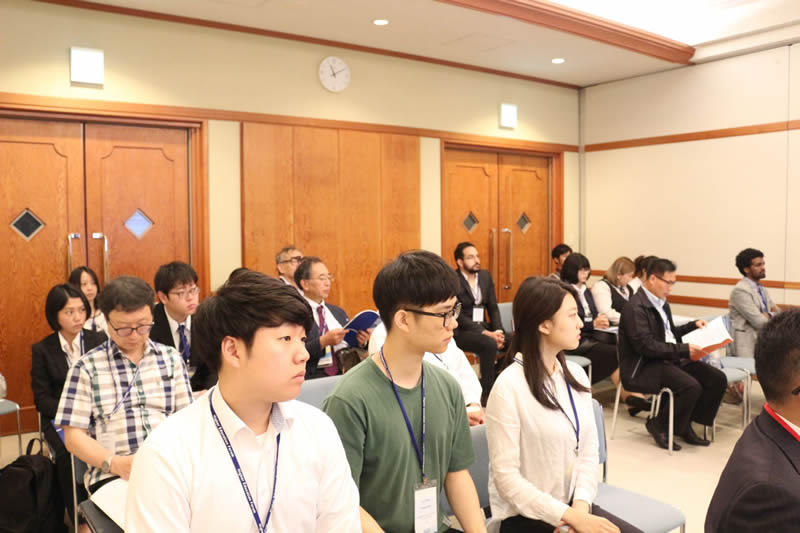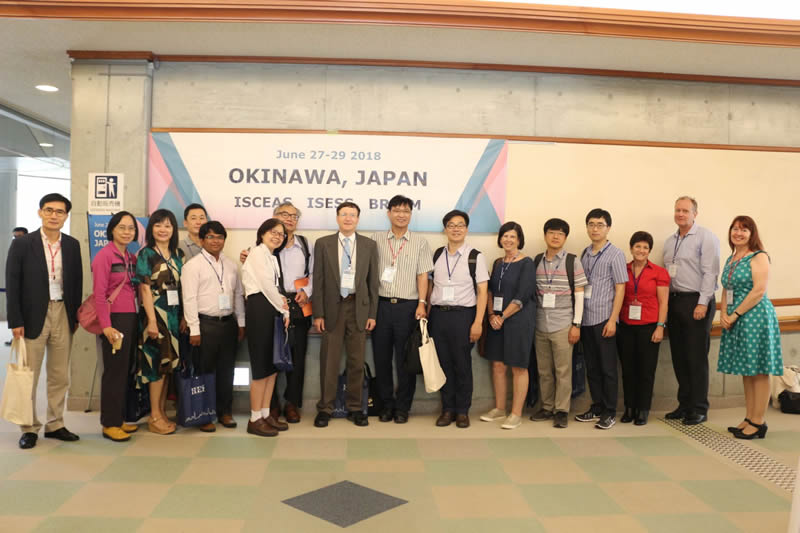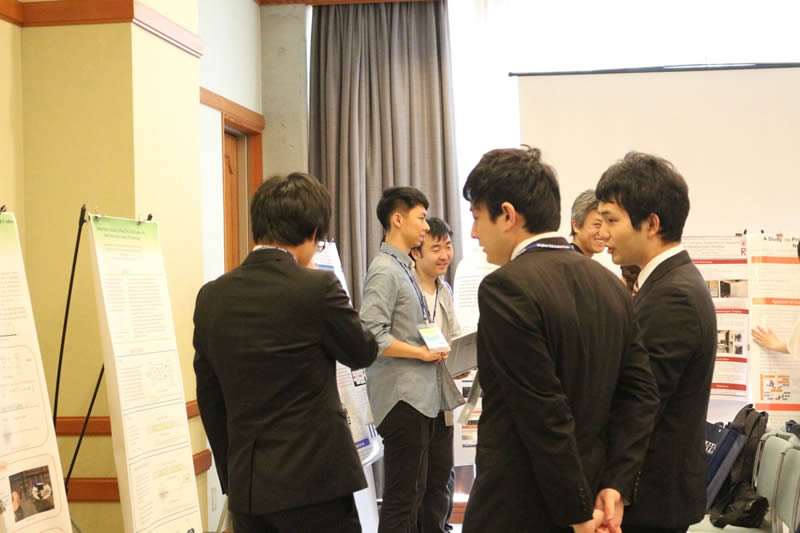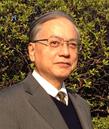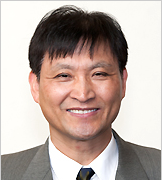June 27-29, 2018 at Okinawa, Japan
International Business, Economics, Finance and Management Conference
Local Host
Dr. Hiroshi Uechi
Faculty of Commerce
Osaka Gakuin University
Dear delegates,
It is my great pleasure to welcome you to the joint conference of International Scientific Conference on Engineering and Applied Sciences, International Symposium on Education and Social Sciences and International Conference on Business, Economics, Finance and Management in Japan, which promotes exchanges of information, communications and collaborations among researchers worldwide. The 21st century is the age of atomic and molecular sciences, and the age of exploration to Mars and possibly to other planets using spacecraft technology. We gradually come to understand the earth as the unique spacecraft in the universe, and we need collaborations not only from scientists but also people with all expertise in order to resolve problems and sustain our societies and ecological systems, energy resources, etc.. The international conferences such as Higher Education Forum would help mutual understandings and play more important and valuable roles in due course. Above all, we would like to welcome all of you to the joint conference of ISCEAS, ISESS and BREFM and also hope that every participant will enjoy cultural explorations in Japan.
Sincerely, Hiroshi Uechi
Keynote Speech by Dr. Kim Sangho
Dr. Kim Sangho
Professor
Ritsumeikan Asia Pacific University
Topic: Dynamic Adjustment in the Japanese Manufacturing IndustryAbstract:
The Japanese manufacturing industry endured a dramatic change since postwar era. The manufacturing industry moved away from a huge and energy-intensive to lean and energy-saving industries after oil shocks in the 1970s. The industry introduced automatic production process with massive capital investment to cope with eroding price competitiveness after the Plaza Accord in 1985. It experienced sharp downturn in capital investment to eliminate overcapacity after the burst of the bubble in the early 1990s, and undertook strong investments to utilize IT technology since the 2000s. Considering its dynamic transformation, resource adjustment problem in the Japanese manufacturing industry can be adequately investigated within a dynamic adjustment-cost framework. Under the background, this paper analyzes the dynamic production structure of the Japanese manufacturing industry by applying a dynamic dual approach in which labor and capital are regarded as quasi-fixed inputs. Empirical results of various theoretical and structural tests are provided, along with short- and long-run elasticities.
JEL Classification Codes: C61; D20; J23; L60
Keywords: adjustment costs, dynamic duality, production, Japanese manufacturing
Conference Program Download
 201806 Okinawa Conference Program
201806 Okinawa Conference Program
